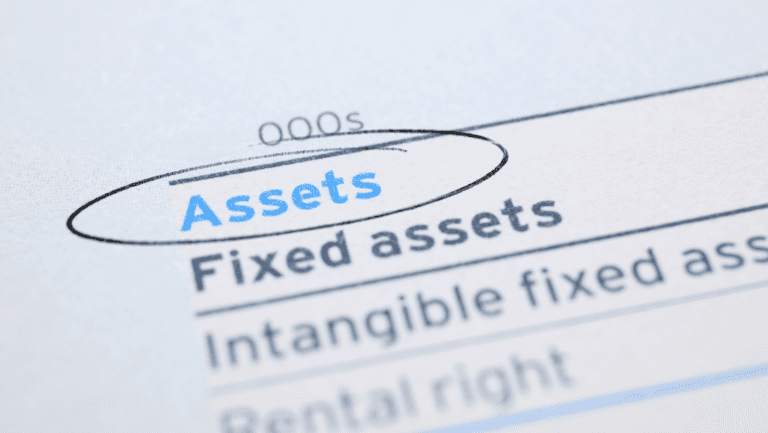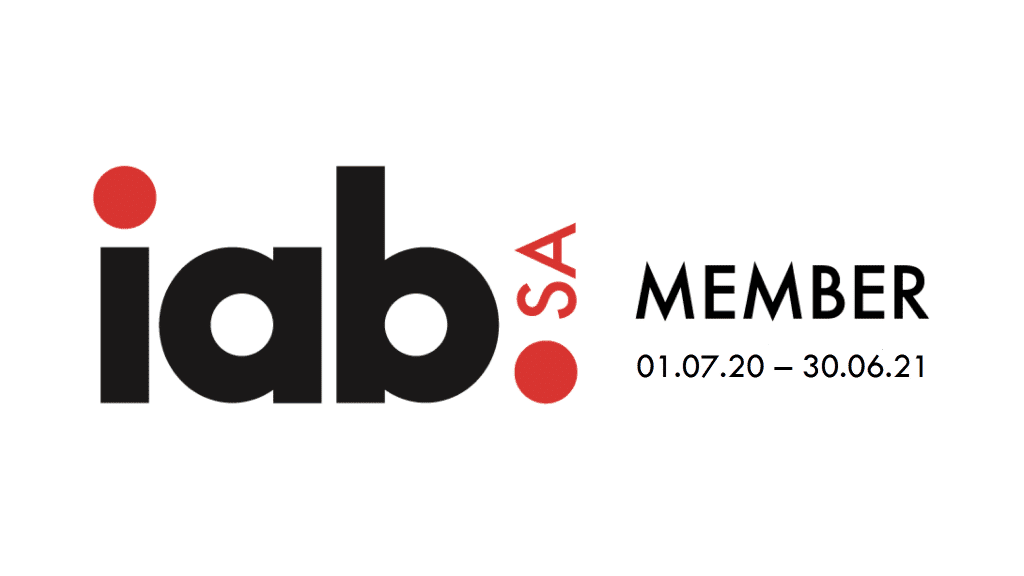Being under debt review begins with selecting a debt chancellor, who analyzes your income and expenses to determine if you are over-indebted. Debt counselors negotiate new repayment terms with creditors on behalf of the indebted party. Being under debt review allows the indebted party to take a financial break by making affordable repayments.
What is debt review?
Debt review is a debt rehabilitation program that assists over-indebted individuals in resolving their debt rather than being blacklisted. The concept was first introduced in 2007 by the National Credit Act No 34 of 2005 in an attempt to assist individuals who are in debt.
When an over-indebted party approaches a debt counselor because they believe they are over-indebted, the debt review process begins. If a person has any type of debt, whether short-term or long-term, they may be subjected to debt review.
Debt counselors monitor the legality of the debt review process and negotiate with creditors on behalf of the indebted party. The negotiations’ goal is to arrive at installments that are appropriate for an overly indebted individual’s income.
Debt restructuring provides relief to anyone who is over-indebted; however, is debt restructuring a good idea? Below, we explain why a debt review may or may not be a good idea.
Is debt review a good idea?
Debt review may be the most effective way to improve one’s financial situation when over-indebted. A debt review is the best way for those who are overindebted to take advantage of an option that will assist them to afford their debts. A debt review will also enable you to create a much better repayment structure that corresponds to your income.
Being over-indebted can result in account arrears and the possibility of future defaults. Unlike debt consolidation, a debt review can reduce monthly debt repayments by up to 50%. This allows a person to have some money left over for savings and investing.
Entering into a debt review agreement can be a bad idea for those who are not overly indebted. Being under debt review imposes restrictions, particularly on future lending. Lenders will not allow a person who is under debt review to take anything on credit under responsible lending (this applies to NCR-compliant lenders).
Being under debt review cancels the right to obtain credit, which can be difficult for someone who is not overly indebted. A debt consolidation loan may be a better option for someone who has too much debt and wants to pay a single monthly payment to repay his/her overall debt.
Debt review can be a good or bad idea depending on an individual’s financial situation, and those who want to be under debt review must first understand the process. Before we get into the specifics of a debt review, let’s go over the fundamentals of being under debt review.
What does it mean to be under debt review?
Being under debt review entails appointing a debt counselor to assist in debt restructuring if you are unable to meet your debt obligations. The process of undergoing a debt review is requested by the party who is overindebted.
A debt counselor will handle debt restructuring and assist the indebted party to meeting his or her living expenses. A debt review process protects the over-indebted party from creditors, whom the debt counselor deals with on behalf of the over-indebted while they are under review.
A new monthly repayment plan would be issued to the over-indebted party by a qualified debt counselor. It should be noted that debt counselors are not free.
As you prepare to go through debt review, here is a debt review process broken down in steps below, from appointing a debt counselor to receiving a clearance certificate.
Debt Review Process Steps
Step 1: Over-Indebted Party consults with a Debt Counsellor
The first step in a Debt Review is for a debtor to consult with a debt counselor. This stage is critical in determining whether or not you should seek debt relief. The Debt Counsellor advises you on whether or not to have your debts reviewed.
There are online tools that can be used to determine how much money you can save by conducting a debt review. The calculator will show you how much you can save as well as how much debt you can repay each month.
Remember that the purpose of this step is to begin the commitment to debt counseling. Only those who are unable to manage their debt will most likely benefit from this move; for those who are indebted it is safe for them to not go through with this step.
Step 2: Assessment and a new monthly budget is made which covers all basic needs
A debt counselor can help the over-indebted party get a better-structured monthly budget. The budget considers income, living expenses, and debt. This data is useful in calculating the debt-to-income and income-to-expense ratios.
A debt counselor will do this by filling out form 16, which is a form that customers can use to apply to a debt counselor for a debt review. By providing the necessary information, such as household income, monthly obligations, and debt, the debt counselor will be able to determine whether the customer requires and qualifies for debt counseling.
The legal process of debt review begins with the completion and signing of the NCRs form 16. If a customer meets the requirements for a debt review via form 16, the debt counselor will proceed to the next step of the debt review process.
Step 3: Information is supplied by creditors
After you sign Form 16 and proceed with the debt review process, the debt counselor will want to notify creditors that you are going through the debt review process. The notice is submitted using form 17.1, which requests that creditors be notified that you are undergoing debt review.
The notice also states that your finances are being evaluated and that creditors must provide a Certificate of Balance to the debt counselor. A certificate of balance is a statement that shows how much money is owed, the interest rate, and other details.
Step 4: Creation of a repayment plan which is sent to creditors
At this point, the debt counsellor will develop a payment plan based on the information provided on forms 16 and COB. The assigned debt counsellor will also enter the customer’s information into the National Credit Bureau’s debt help database.
The customer is listed as “under debt review” in the National Credit Bureau’s NCR debt help database and is assigned an NCR as a confirmation number that the customer is under debt review. In turn, the NCR notifies the credit bureaus that the customer’s debt has been reviewed.
Step 5: Feedback from creditors through agreement of the repayment plan or a counter offer is sent
As the repayment plan is sent to creditors for approval, creditors can either approve the repayment plan as sent by the debt counsellor or reject it. Alternatively, the creditors can counter-offer a repayment plan which they can send to the debt counsellor.
At this point, a customer can still opt out of the debt review process by writing to the debt counsellor and informing them of their desire to do so. By proceeding and accepting the NCR to notify the creditors of the debt review process, the customer will be unable to obtain any additional credit.
Step 6: Confirmation of Indebtedness
When you agree to go through the debt review process, the debt counselor will proceed to the next step, which is to assess your financial situation using the certificate of balance. The process confirms that one is over-indebted and is completed with the Confirmation of Over-Indebtedness Notice via NCR form 17.2.
The COB is used by the debt counsellor to draft a repayment proposal to the customer’s credit providers. This will notify the creditors of the proposed installment, interest rates, repayment terms, and other details as a result of the proposal. The creditors have the option of accepting the proposal or seeking an alternative resolution.
Step 7: Creation of court documents including the plan and responses
Court documents will be created as the debt counsellor and credit providers negotiate new repayment terms. If all credit providers agree to the proposal, the case will be brought before the National Consumer Tribunal for a consent order.
If the credit provider(s) do not agree to the consent, the case will be referred to the magistrate’s court in the person’s jurisdiction. This will aid in the development of an alternative repayment structure.
A new resolution will be established through the magistrate’s court. The customer may not be required to attend the proceedings. Instead, the debt counsellor’s attorney will attend the hearings.
Step 8: Paying Debt
The next step is to start making payments after agreeing to the repayment plan or accepting the creditor’s counteroffer. The payments must be made on a monthly basis. Payment will not be made directly to the debt counsellor, but rather through a PDA (Payment Distribution Agency).
A Payment Distribution Agency is a company that distributes funds paid to it by a customer to various creditors as specified by a debt counsellor. A debt counsellor must provide a list of payments to all creditors as well as the amounts to be made on a monthly basis.
According to the National Credit Act, PDAs should be appointed to distribute the money paid to creditors. Creditors will not contact the customer, instead, they should only communicate with the debt counsellor.
Step 9: Receiving A Clearance Certificate
To obtain a clearance certificate, you must first fulfill the new debt obligations by paying the monthly installments to the PDA on time. The PDA will issue monthly statements showing settled accounts and still active accounts.
A clearance certificate is issued after the final installment is paid. Furthermore, credit bureaus will also be notified of the debt settlement.
What to do After getting a Clearance certificate?
A customer will be free once he or she has obtained a clearance certificate. The debt counsellor will notify all credit bureaus that a customer has settled his or her debt. From then on, the customer will be able to apply for credit.
The customer can then establish a new credit record and apply the lessons learned from previous mistakes. As a result, this can assist one to avoid being over-debated again in the future.
Creating a debt strategy is essential, and learning how to improve your credit score is a wise move. Increasing one’s credit score opens the door to future credit. Credit scores should now be viewed as an asset and should be checked on a regular basis (At least once a month).
What are the benefits of being under debt review?
- Reduced monthly payments on all debt.
- Debt interest rates may be reduced.
- The new debt structuring strategy includes an end date.
- There will be enough money to cover living expenses, with some leftover for investing and saving.
- There are lower credit life insurance premiums.
- Assets are shielded from legal action.
- Creditor harassment ceases as creditors work with debt counsellors.
Disadvantages of being under debt review
- You cannot obtain additional credit while under debt review.
- Being under debt review implies being unable to meet your financial obligations on time; therefore, those who are not over-indebted cannot enter a debt review.
- To be eligible for a debt review, you must have a consistent source of income.
Conclusion
The debt review process is a better way to avoid being blacklisted due to excessive debt. Using a good debt counsellor will allow you to reclaim your finances by negotiating better terms with creditors. However, it should be noted that debt counsellors do not come for free; they charge a fee, which should be considered when going through the debt review process.








































